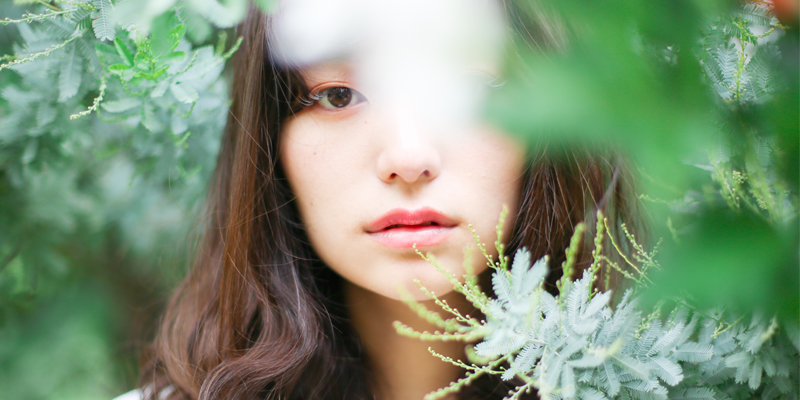An inside look at Japanese beauty
Alisa Kerr is the founder and editor of Tokyo Beauty Book, a website devoted to discovering the world of Japanese beauty. She’s also a consultant to overseas beauty companies and trend forecasting agencies that are looking for insight into the Japanese beauty and cosmetics market.
What are the biggest differences between J- beauty and K-beauty?
Like the sophisticated older sister, J-beauty is more interested in high quality products that can be relied upon to deliver results, as well as a touch of understated luxury. A J-Beauty skincare routine is more pared back and simplistic, with an emphasis on techniques such as facial massages. K- Beauty has fast moving, trend-based products with fun packaging, formulations and playful colour. In Japan, quality and safety are paramount. Japanese consumers have high expectations and are extremely sophisticated skincare and cosmetic users, highly knowledgeable of skincare ingredients and cosmetic techniques. Much time and consideration is given to blending traditional techniques and ingredients together with comprehensive research and technology. In Japan, the ritual of skincare and makeup application goes back centuries and one that is culturally important.
Why do you think J-beauty has become so popular throughout the rest of the world?
There is definitely more interest in Japanese beauty from all around the world. Interestingly, the Japanese beauty market has long been a place of inspiration for Western beauty brands. In fact, I have worked with many global beauty brands and their teams to explore Tokyo beauty stores and salons to gain inspiration for their new product launches. Now that tourism to Japan has hit an all-time high (and is continuing to grow), more and more people are exploring the work of Japanese beauty products for themselves. With the Internet and social media being such an important part of our everyday, finding information about Japanese beauty products is also becoming easier.
What are the benefits of following a J-beauty routine?
The Japanese skincare ideal is called Mochi Hada or ‘rice cake skin’, referring to the popular Japanese dessert. Mochi hada is characteried by perfectly clear, plump, ultra soft skin, which is unblemished and free of any pigmentation. Following a Japanese skincare routine has also made me appreciate the benefits of taking time to pamper and care for your skin. Self-care through skincare and cosmetics is not something to feel guilty or ashamed of. It is a simple and accessible way to take time for yourself and recharge your batteries properly.
Are there any key ingredients we should be looking out for?
- Camellia Oil: Also commonly known as tea seed oil, it is said to help reduce inflammation, heal skin conditions.
- Soy Isoflavones: A natural, potent anti-oxidant, restoring, and soothing agent for skin that is derived from soybeans.
- Hyaluronic acid: Hyaluronic acid has power-ful anti-aging properties and is also one of the premier hydrating ingredients for skin.
- Job’s Tears: A grain that’s traditionally consumed in Asia for its medicinal properties.
- Placenta: Loaded with proteins, vitamins and minerals, evening out your skin tone.
Words: Gracie Stewart
Main image: Getty












